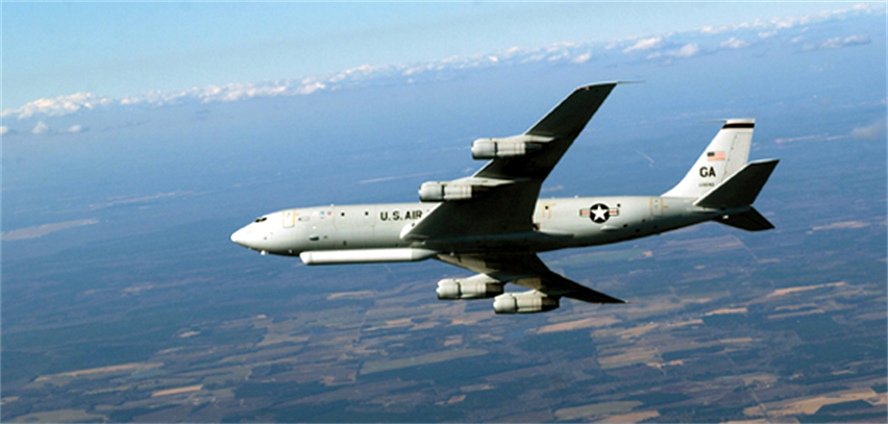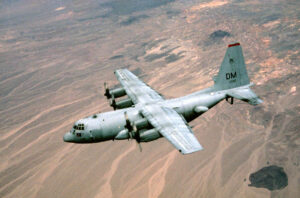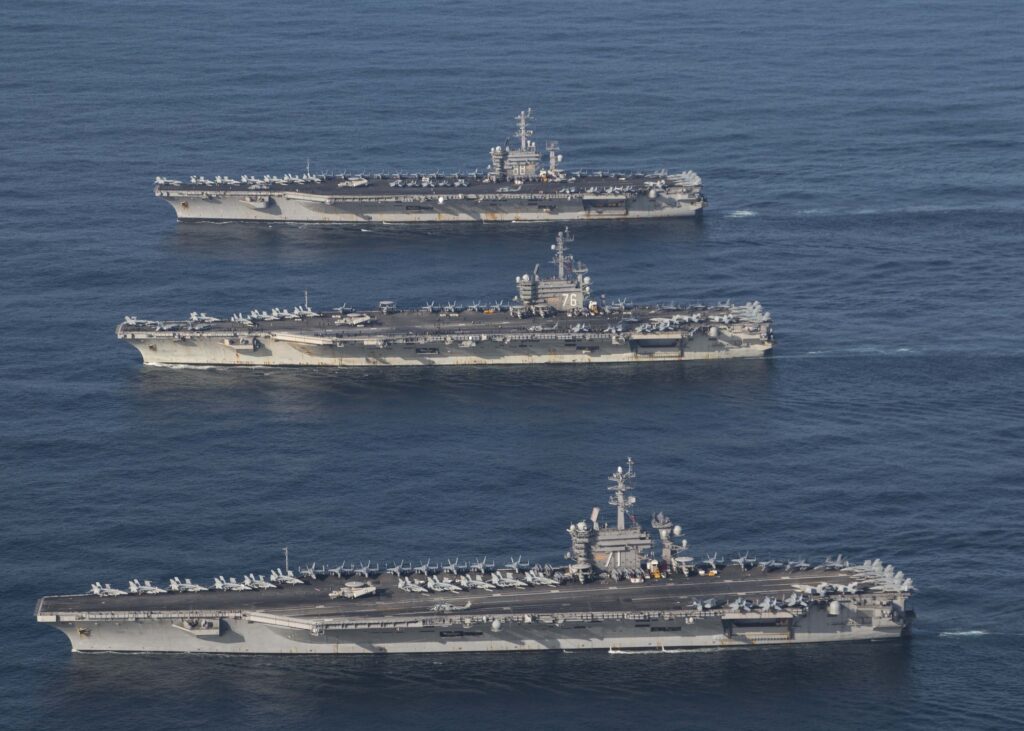HASC Rejects JSTARS Recap, Speeds Up Ships
Posted on

E-8C JSTARS
CAPITOL HILL: In a stinging rebuke to the Air Force, The House Armed Services Committee wants the service to build a replacement for the aging E-8 JSTARS radar surveillance aircraft, an expense Air Force leaders want to avoid. Further, until the service signs a contract for a new plane, the draft defense bill would restrict spending on the alternative the Air Force prefers, a dispersed network of sensors called the Advanced Battle Management System (ABMS).

EC-130 Compass Call electronic warfare aircraft
HASC also questions the Air Force’s plan to replace the aging EC-130H Compass Call electronic warfare aircraft, saying the planned purchase of one of the new EC-37s a year for 10 years is far too slow and telling the Air Force to submit a plan to move faster.
The committee’s concern with aging systems extended to seapower. The HASC’s draft of the defense policy bill for 2019, out today, also orders the US Navy to
- retain the hospital ship USNS Comfort — launched in 1976 as an oil tanker but converted and commissioned for Navy use in 1987— instead of scrapping it;
- study whether the nuclear aircraft carrier USS Nimitz — commissioned in 1975 — could serve longer than the planned 50 years;
- buy an all-new Ford-class carrier, the as-yet unnamed CVN-81, two years earlier than planned, in 2021, and to do so as part of a two-carrier block buy with CVN-80, the Enterprise.
The Navy will be glad to get new carriers faster: As we’ve written before, top admirals have argued for just such a two-carrier contract and accelerated schedule, saying it would save some $2.5 billion. They’ll be less enthused about retaining the Comfort, but based on past testimony, that’s not a hill anyone in the Navy is eager to die on. As for keeping Nimitz longer than 50 years, it might be a cheap way to grow the fleet to the 12 carriers required by law, but even HASC staff acknowledge there may not be enough life left in the reactor core, so the Navy will probably agree a feasibility study is the first step.

Three carriers exercise in the Pacific. Near to far: USS Theodore Roosevelt (CVN-71), USS Ronald Reagan (CVN-76) and USS Nimitz (CVN-68)
No Confidence On JSTARS Replacement
The Air Force, by contrast, faces a striking vote of “no confidence” on JSTARS. It’s not just one chamber or one party, either. In addition to the HASC’s draft bill out today, the top Democrat on the Senate Armed Services Committee, Jack Reed, elaborated yesterday at length on why he doubts the Air Force strategy.
What does the Air Force want to do? JSTARS entered service in 1991, 27 years ago. To save money, the Air Force mounted military-grade radars on used civilian airliners (Boeing 707-300s), so some of the actual airframes are even older. The original plan had been to buy a new aircraft, again taking smaller civilian aircraft and converting them to military use.
Then the Air Force decided that any such aircraft, new or old, would be unacceptably vulnerable to modern anti-aircraft weapons. Instead, the service proposed to perform the JSTARS mission, not with a single type of aircraft, but with widely dispersed sensors on aircraft and satellites, pooling their data over a wireless network to create a unified picture: the Advanced Battle Management System.
But Congress clearly lacks confidence that Advanced Battle Management System will be ready in time, even if the existing JSTARS stay in service longer. The HASC mark withholds 50 percent of the Air Force’s funding for ABMS until the service
- awards “one or more contracts” for a JSTARS replacement and
- certifies the program, “as submitted and described in the fiscal year 2018 budget request, is proceeding unhindered (emphasis ours)” in all respects.
The draft statute also requires a report from the Air Force on how to sustain the existing JSTARS fleet and a report on the feasibility of ABMS from Congress’s famously sharp-toothed watchdog, the GAO.

Artist’s concept for Air Force JSpOC (Joint Space Operations Center)
Minding the Gap
The Advanced Battle Management System is feasible in the long run, but we can’t count on it coming online in time to replace JSTARS, said Loren Thompson, a well-connected defense industry consultant who’s repeatedly criticized the Air Force strategy.
“There’s nothing wrong with the Air Force’s long-term vision for how to do the ground moving target mission, except it’s going to take a very long time to implement,” Thompson told me. “The Air Force right now is really enamored of networks and its imagination has got ahead of itself. (They’re) too eager to retire the existing aircraft without having a coherent plan for what’s going to take their place, which leaves a gap.”

Loren Thompson
Refurbishing the existing JSTARS aircraft won’t keep them flying long enough to cover that gap, Thompson argued, not at the rates Combatant Commanders around the world require. “This notion that the E-8 fleet can be extended for most of the next decade is itself pretty speculative, because these are really decrepit aircraft,” Thompson told me. “They were second hand aircraft when they were bought 20 years ago…. One of these aircraft was even used to haul livestock.”
Nor can the Air Force accelerate ABMS to have it ready before the current JSTARS retire. Even if you don’t end up having to build an all-new architecture of satellites, he said, if you just slap together “an ad hoc battlefield network that ties together all your existing sensors and gives you partial coverage, you might have the beginnings of a solution in 10 years, but that depends on budgets.”
“I don’t think the Air Force is thinking realistically about what will be required to cover this mission until its perfect solution is available,” Thompson concluded. HASC, he said, has got it right.
Subscribe to our newsletter
Promotions, new products and sales. Directly to your inbox.
